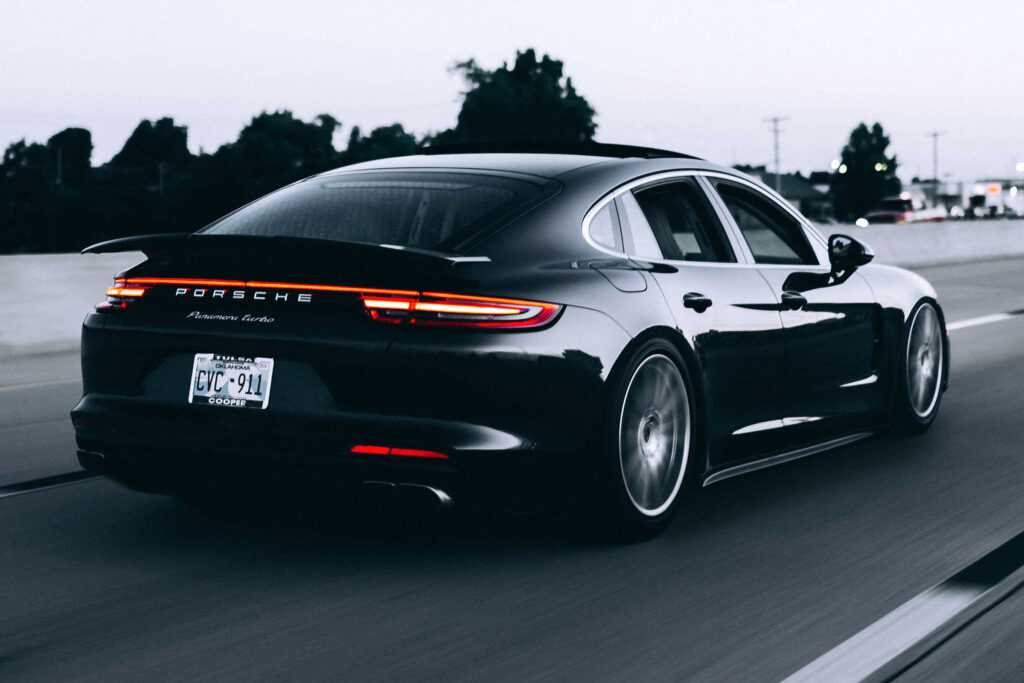Applications Of Titanium In High-End Car Design

Titanium has the highest tensile strength to density ratio, making it one of the strongest naturally occurring metals. Due to being strong yet lightweight, it is commonly used in racing car design, where durability and speed are top priorities. Although five years ago the Italian designers Icona created the body of their super car, Vulcano, from a mix of carbon fibre and titanium, the metal is usually used more sparingly in car manufacturing. From the air dam on a classic E-type Jaguar to the connecting rods in the Porsche GT3 engine, titanium’s high melting point and resistance to corrosion make it ideal for engine components and exhaust systems of high-end models. As a finishing touch, in its dioxide form, titanium is also responsible for the wide range of bright and protective car paints currently available.
Durable Exhaust Systems
When a fresh surface of titanium is exposed to moisture or air, it forms an oxide film, making the metal highly resistant to corrosion. For this reason, titanium is well suited for exhaust systems, which are required by environmental agencies to be corrosion-resistant for at least 100,000 miles. As well as titanium sheet and blocks, specialists TMS Titanium also recommend preformed exhaust tubes and exhaust system accessories. In addition to offering resistance to corrosion, the finest gauge for pure titanium tubes also lowers the overall weight of the car, improving acceleration, handling and overall performance.
High-Performance Components
Although titanium is an abundant metal, extracting it from its ore is labour intensive and requires a lot of energy. This constraint, together with titanium’s unique characteristics, means that it is a better choice for smaller parts and components of high-performance internal engines. Connecting rods in high-end applications have been made from titanium for some time. Although they have an endurance limit in race applications and may need to be switched out regularly, titanium rods can be heat treated in order to attain a higher fatigue strength.
Titanium Dioxide In Protective Paints
Around 95% of titanium is used as titanium dioxide (TiO2) to create a white pigment in paints. Since lead oxide as an additive to paint was widely banned, TiO2 has become the most commonly used pigment in car paints. Its high refractive index gives it a unique brightness, and this is preserved for longer, as titanium also protects against degradation from harmful UV light.
Due to its high strength to weight ratio, high melting point, and resistance to corrosion, titanium is an ideal metal for use in racing and sports car manufacturing.




